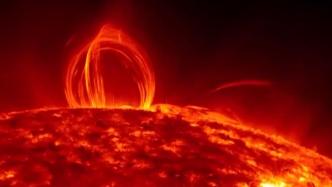
At 8:38 a.m. on January 3, if you happened to look up at the sky, you would have seen the "biggest sun" of the year.
Because the Earth reaches perihelion on the 3rd, this is the moment when the Earth is closest to the sun this year.
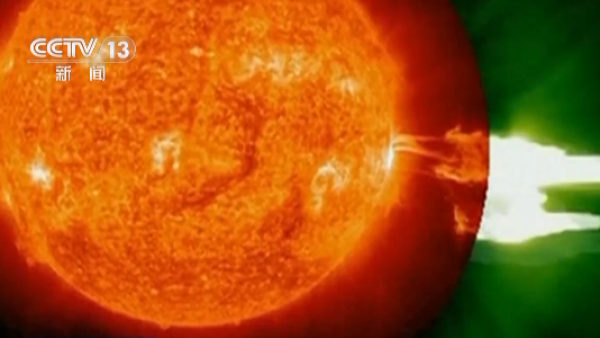
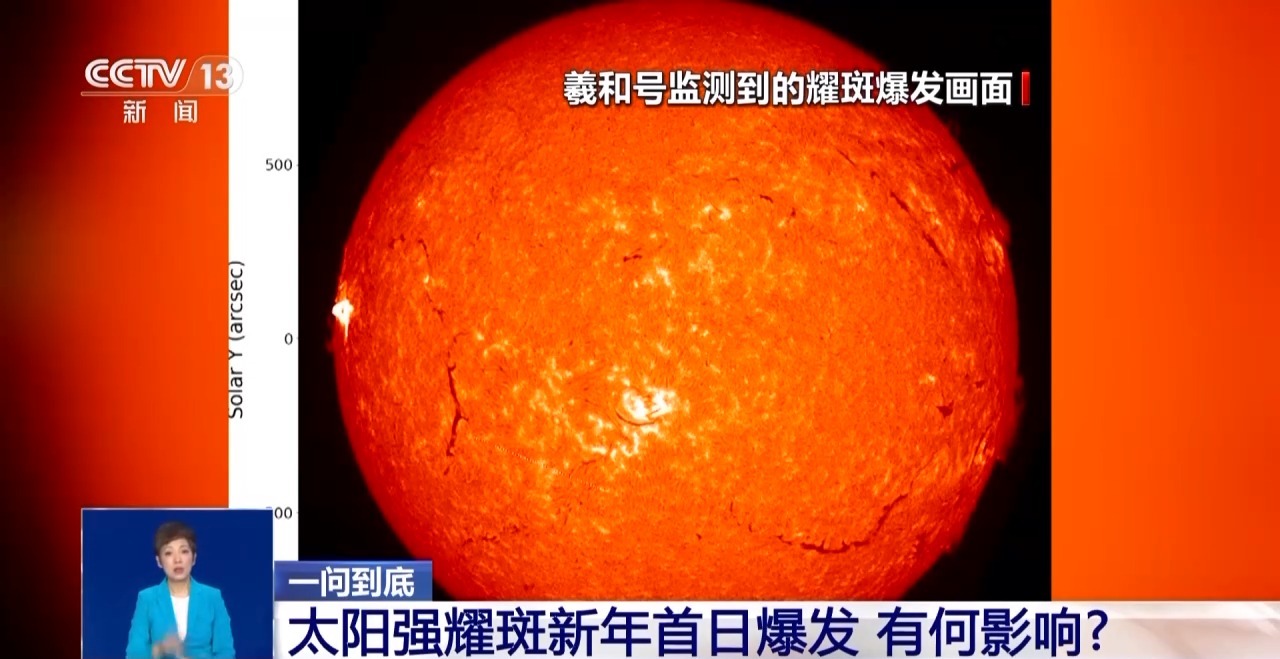 What exactly is a solar flare?
What exactly is a solar flare?It is expected that M-class or even X-class solar flares may erupt in the next few days. What do different levels of solar flares mean?
How do strong solar flares affect the earth?
What is a solar flare?

Solar flares are one of the most violent activity phenomena on the sun, with a cycle of about 11 years. Its main observational feature is that local areas of the solar atmosphere suddenly brighten, often accompanied by an increase in electromagnetic radiation and particle emission in various energy bands, with the brightness rising rapidly and falling slowly. Although the lifespan of a solar flare is only between a few minutes and tens of minutes, the energy released is equivalent to the total energy of one hundred thousand or even one million powerful volcanic eruptions, or the explosion of tens of billions of 100-ton hydrogen bombs. It is understood that solar flares are intense energy eruptions on the sun's surface and are divided into five levels: A, B, C, M, and X. A is the smallest energy level, while this solar flare is the largest level, X.
Why did the strongest X-class solar flare erupt at this time?
In the long term, solar activity has a periodicity of about 11 years. The 25th solar cycle began in December 2019, which means we are currently in the middle of the 25th solar cycle. So, why does the strongest X-class solar flare appear on the first day of the new year? How many times have solar flares of this magnitude occurred in the past? Hear what the experts have to say

Chen Anqin, chief forecaster of the National Space Weather Monitoring and Warning Center : We are currently in the 25th solar cycle, so it is normal for this phenomenon to occur. In each solar cycle, there are about 100 X-class solar flares, and in good years there are about 10 to 20 X-class solar flares. In 2023, approximately 20 X-class solar flares will have occurred. Solar flares are an explosive phenomenon on the sun. They are generally accompanied by high-energy particles and electromagnetic radiation. The largest solar flare in history was the X28 class in 2003. The X5 class this time is the 25th solar activity cycle. The largest solar flare ever.
According to experts, the activity peak of the 25th solar cycle between January and October 2024 is the "solar maximum period", which means that the sun will reach the peak of the current activity cycle in 2024.
How many X-class flares occur per solar cycle?
Since there have been so many X-class solar flares, does that mean X-class flares are common? What occurred this time was an X5-level solar flare. So how many times will a larger-level solar flare occur in a solar cycle?
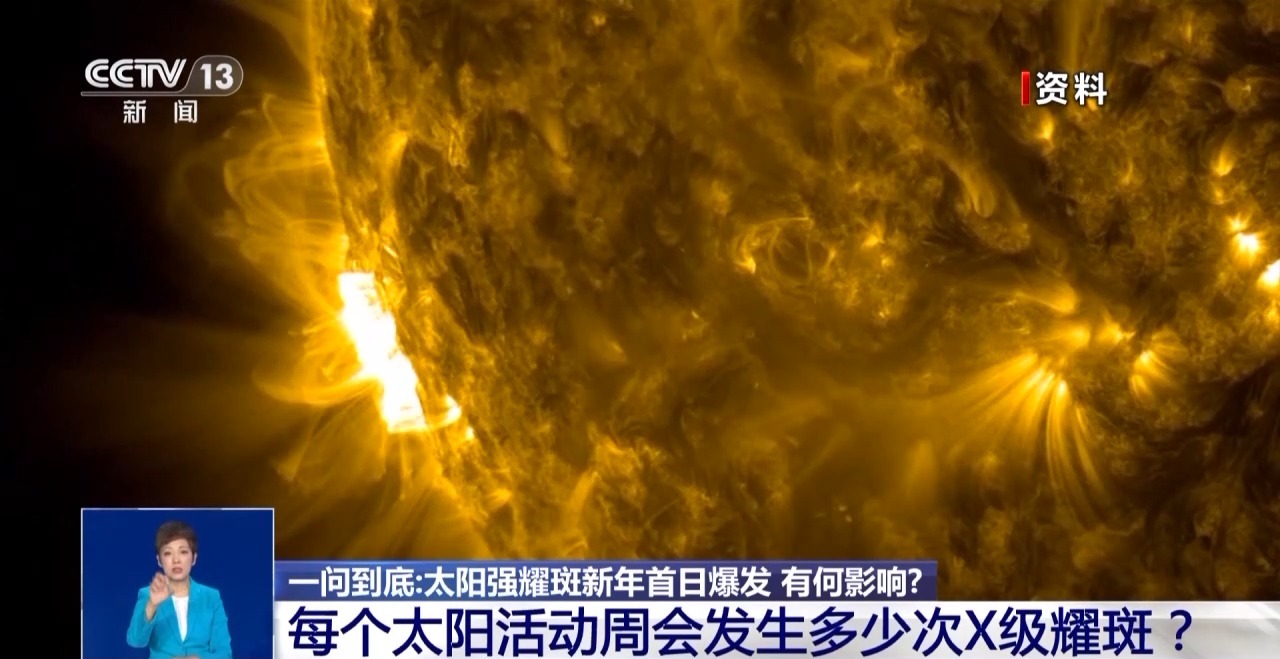
It is reported that solar activity does not maintain the same burst intensity and frequency, but is like a date stone, "thin at both ends and thick in the middle." On average, every 11 years, solar activity will show a change from weak to strong. The periodic change from strong to weak is the solar activity cycle. During each solar cycle, the average number of X-class flares occurs 175 times, which averages out to about 16 times per year. In terms of strength, the X5 level is not too high. Flares like the X10 class, which are twice as large as the X5 class, will occur an average of 8 times per solar cycle.
How do strong solar flares affect the Earth?
What kind of impact will the explosion of strong solar flares have on us living on earth? If a flare outbreak is regarded as a "sneeze" by the sun, will the earth also "cold" because of it?
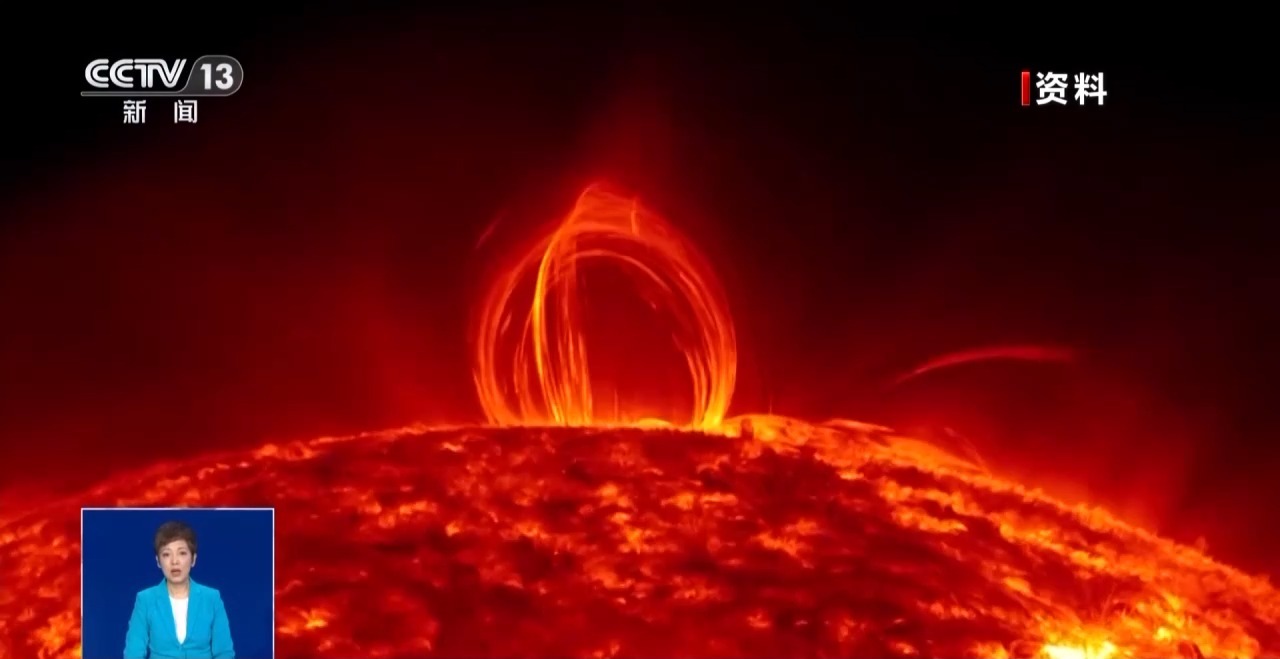
According to experts, the sun's outer atmosphere erupts from the sun's surface, forming a solar wind that fills the entire solar system, and the earth is immersed in it. Only with the earth's magnetic field as a natural barrier can we survive. Solar activity will cause various changes in the solar wind and the Earth's space environment. Just as the short-term change process in the Earth's atmosphere is called "weather", the various short-term change processes that occur in the sun and the Earth's space are called "space weather." Violent activities on the sun, such as flares and coronal mass ejections, often create space weather events that disturb the Earth and may trigger "space weather disasters."
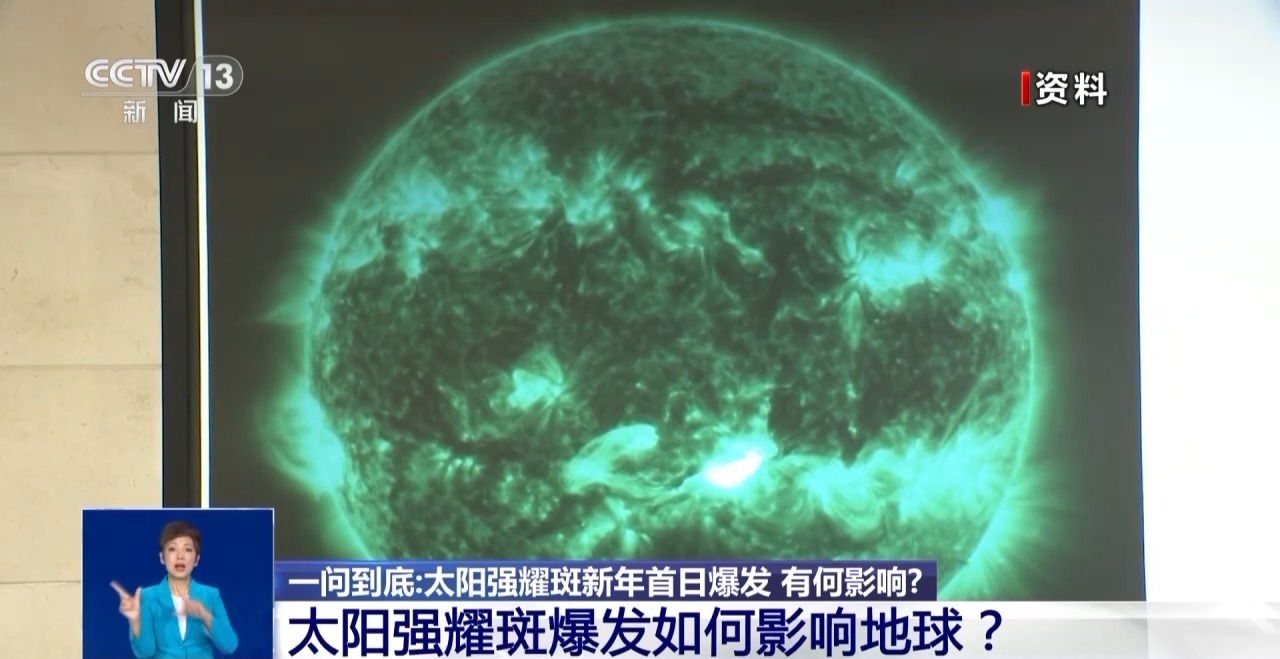
These disasters are mainly caused by the sun emitting radiation and high-energy substances, affecting near-Earth space and man-made facilities on the ground. For example, solar flares will affect the earth's ionosphere on the sunny side. Shortwave communications, navigation and positioning, maritime search and rescue, and some emergency communications are all closely related to the state of the ionosphere. This type of disaster is gradually becoming more prominent with the advancement of human space technology, especially affecting and harming the safety of satellites and spacecraft, as well as aviation, communications, navigation and other fields.
How do solar flares affect our lives?
Chen Anqin, chief forecaster of the National Space Weather Monitoring and Warning Center: In fact, the impact of the solar flare itself is relatively small, but some other phenomena it is accompanied by, such as coronal mass ejections reaching the earth, may cause some strong geomagnetic storms. At this time, like long-distance power transmission, some loads should be reduced and the power supply should be reduced. For example, some satellite loads should be appropriately shut down to reduce the impact.
Not all geomagnetic storms bring bad things, such as the occurrence of auroras. Just last month, rare auroras appeared in many places in Heilongjiang and Beijing.